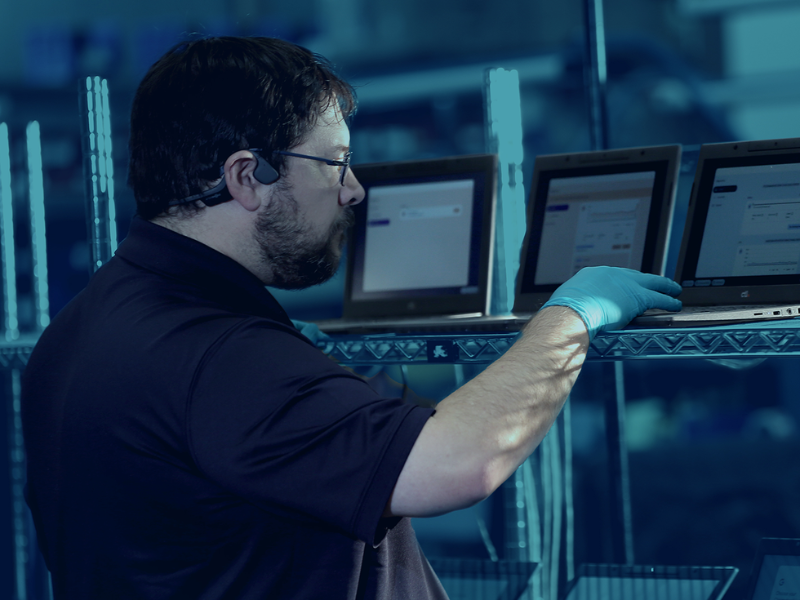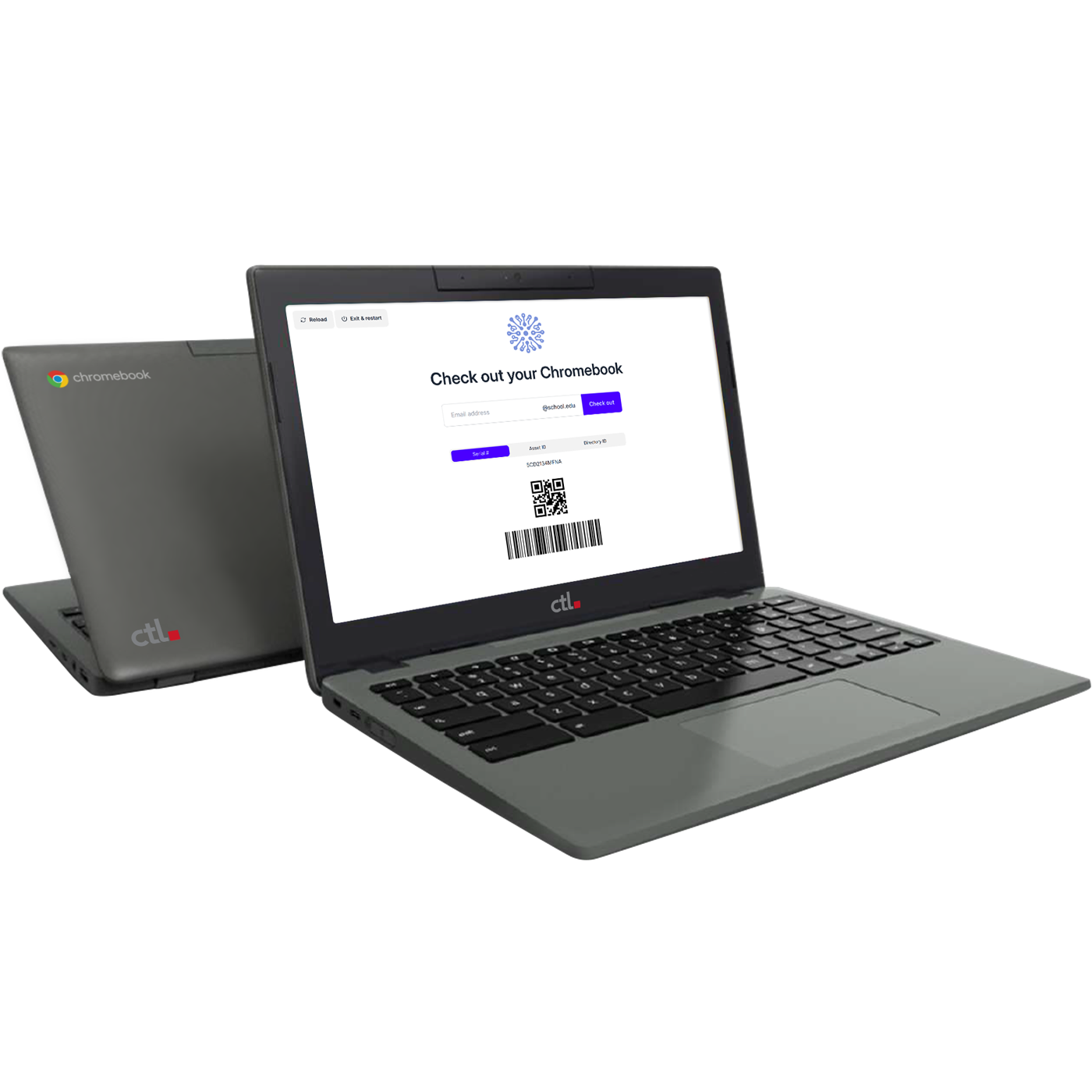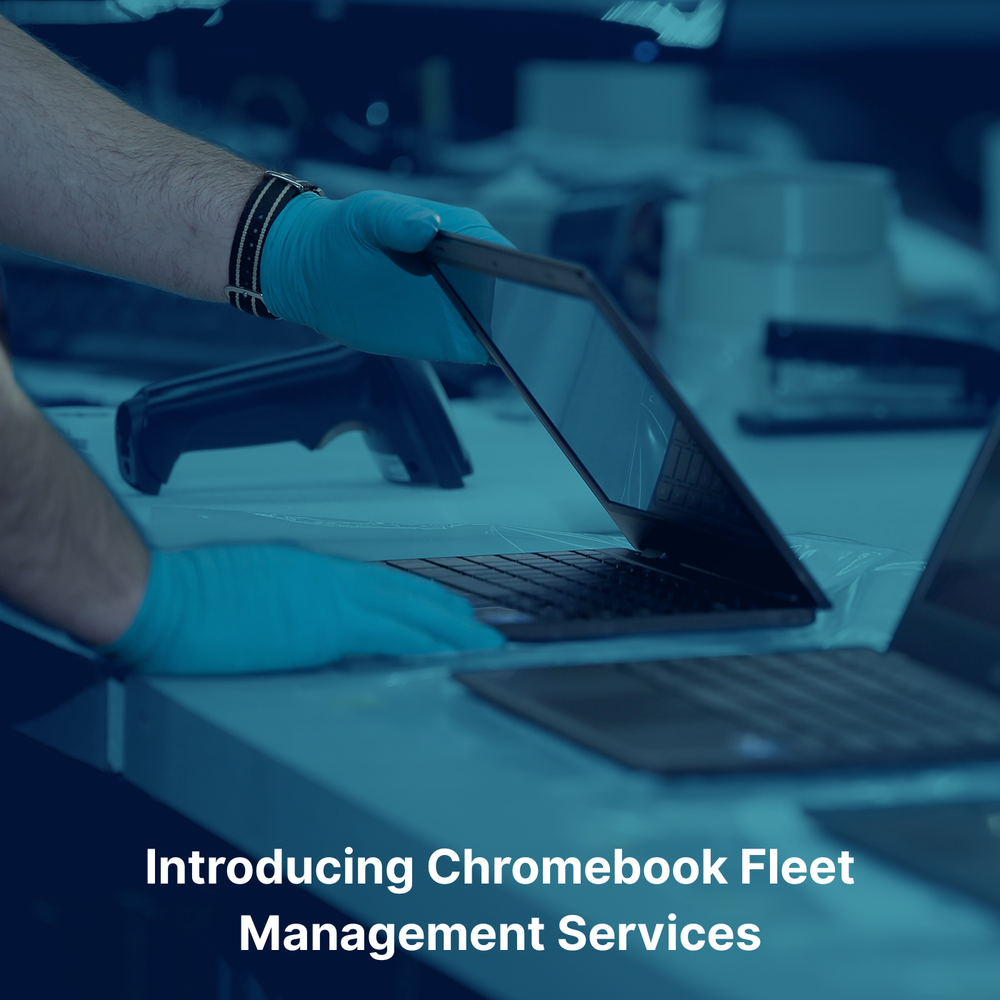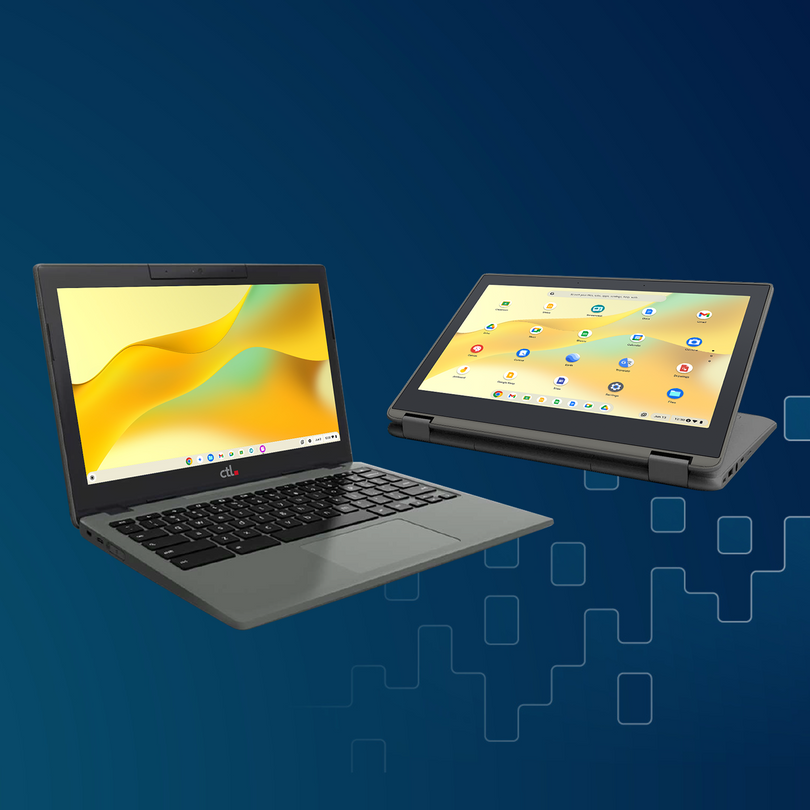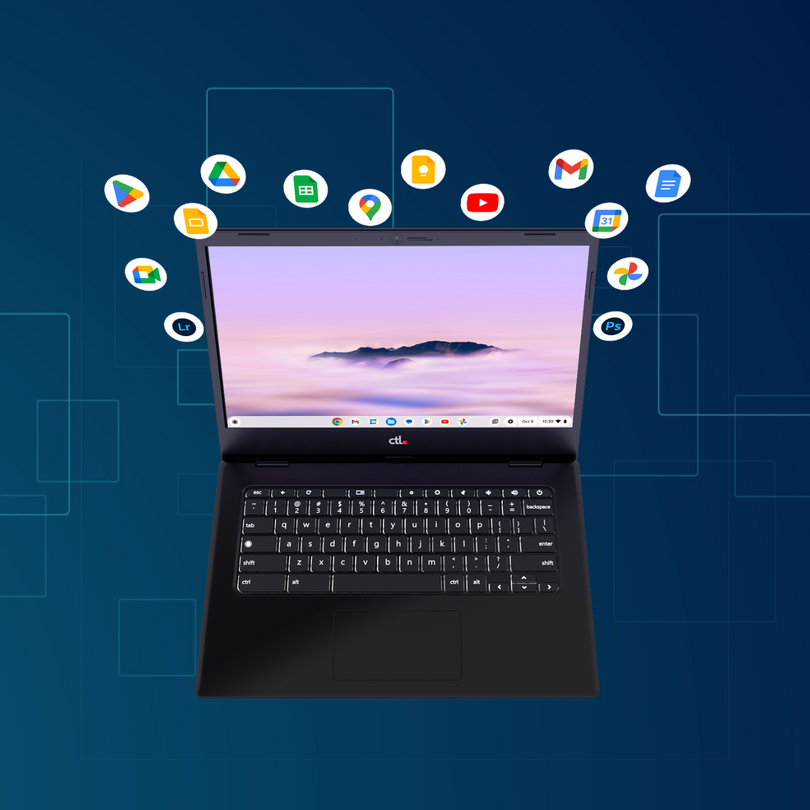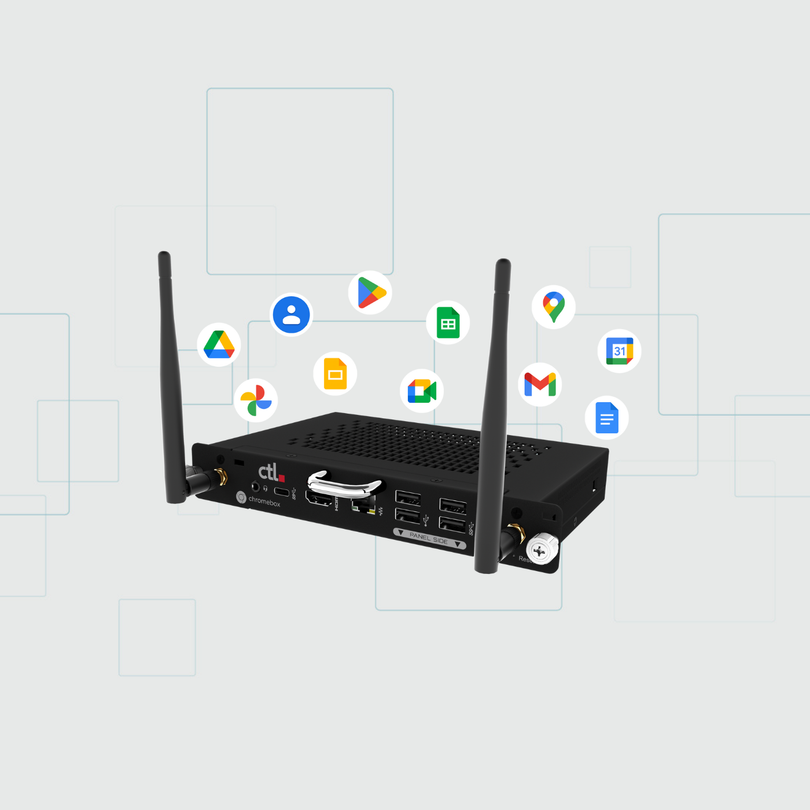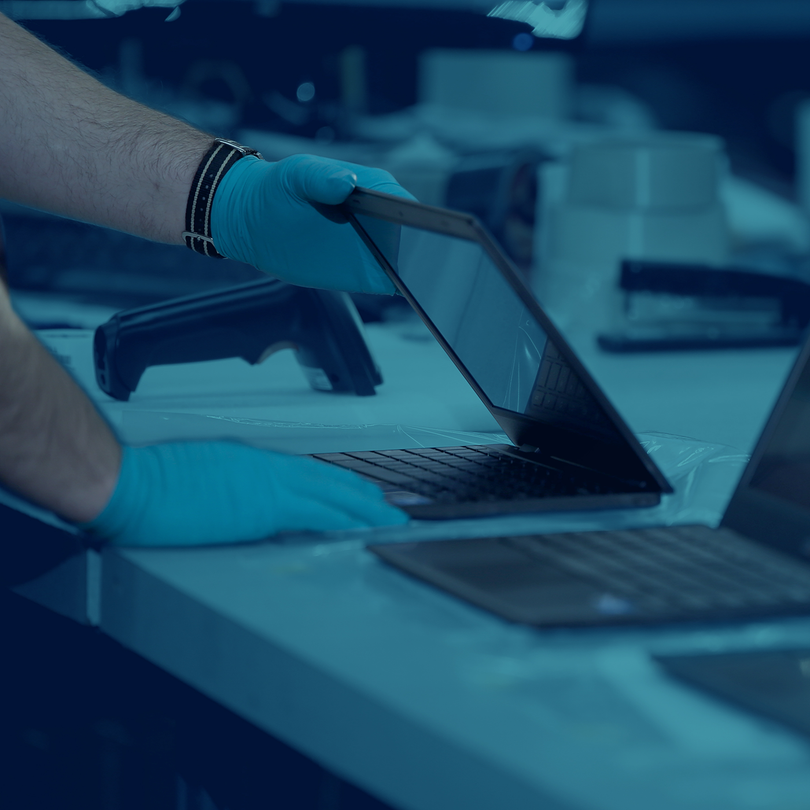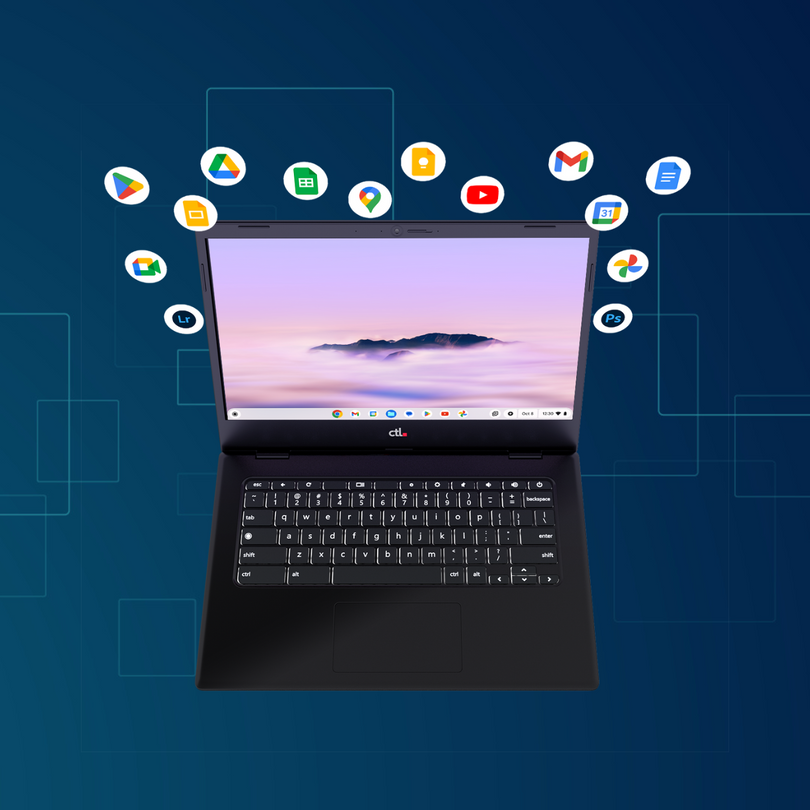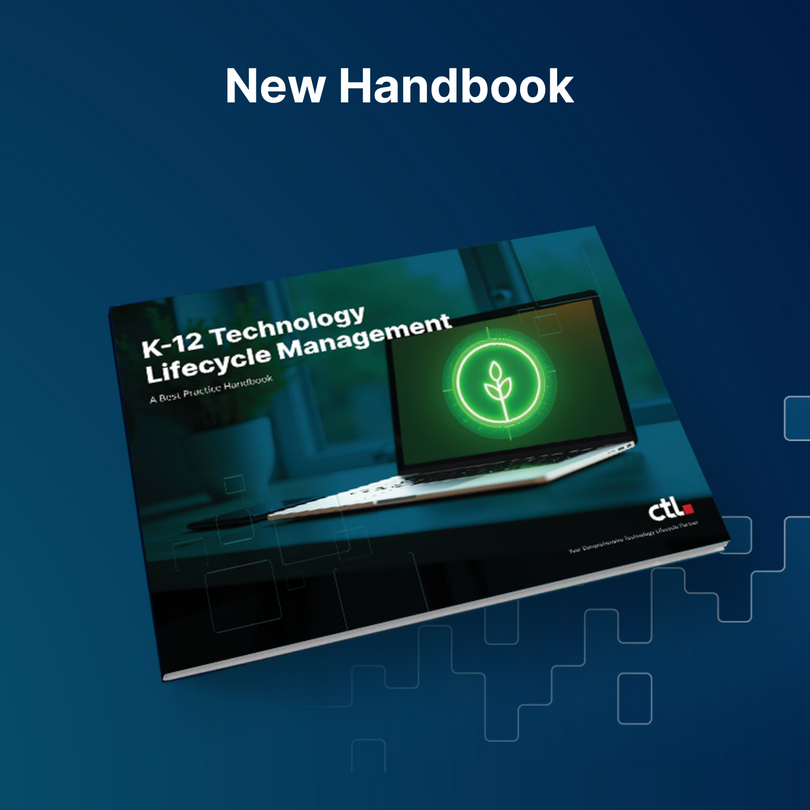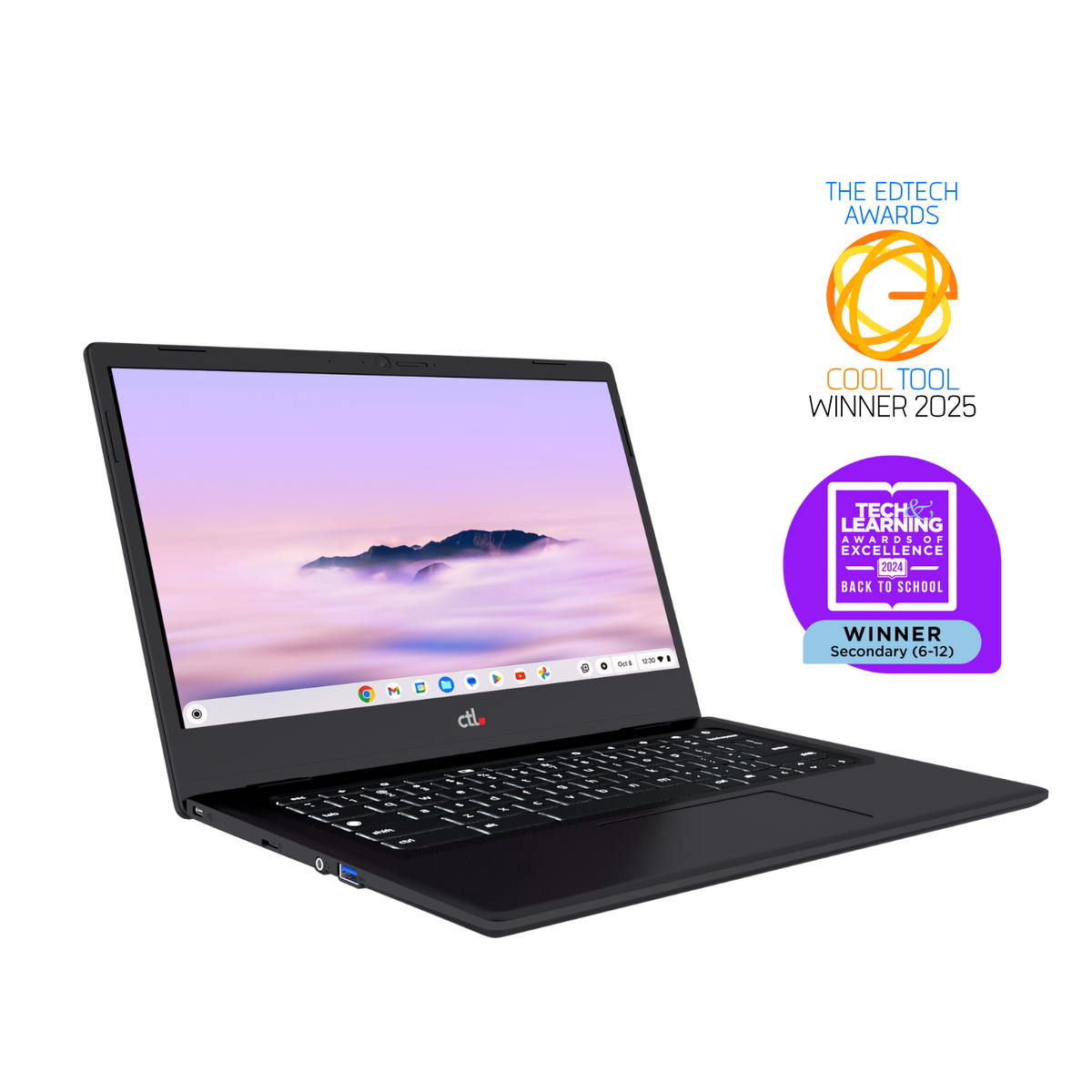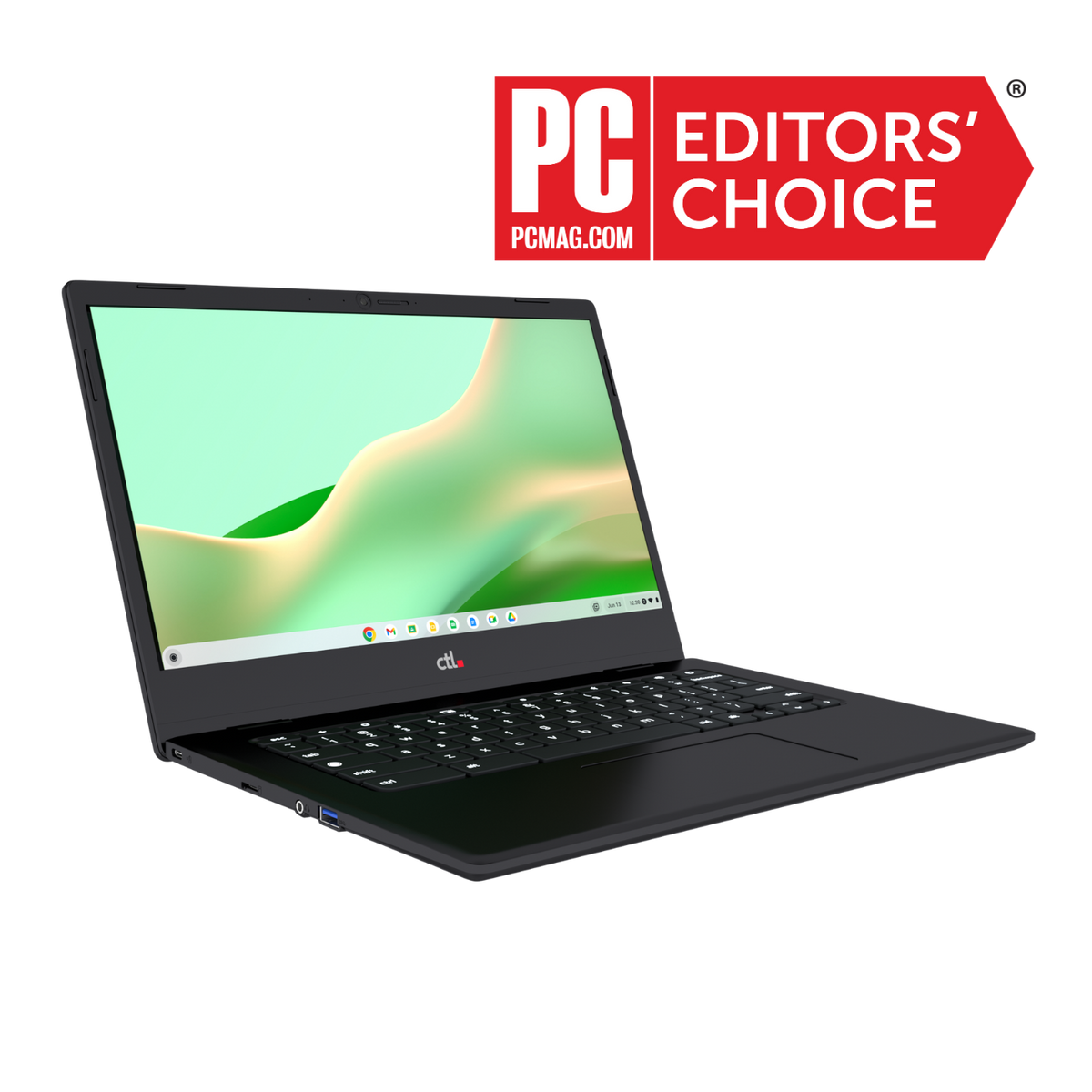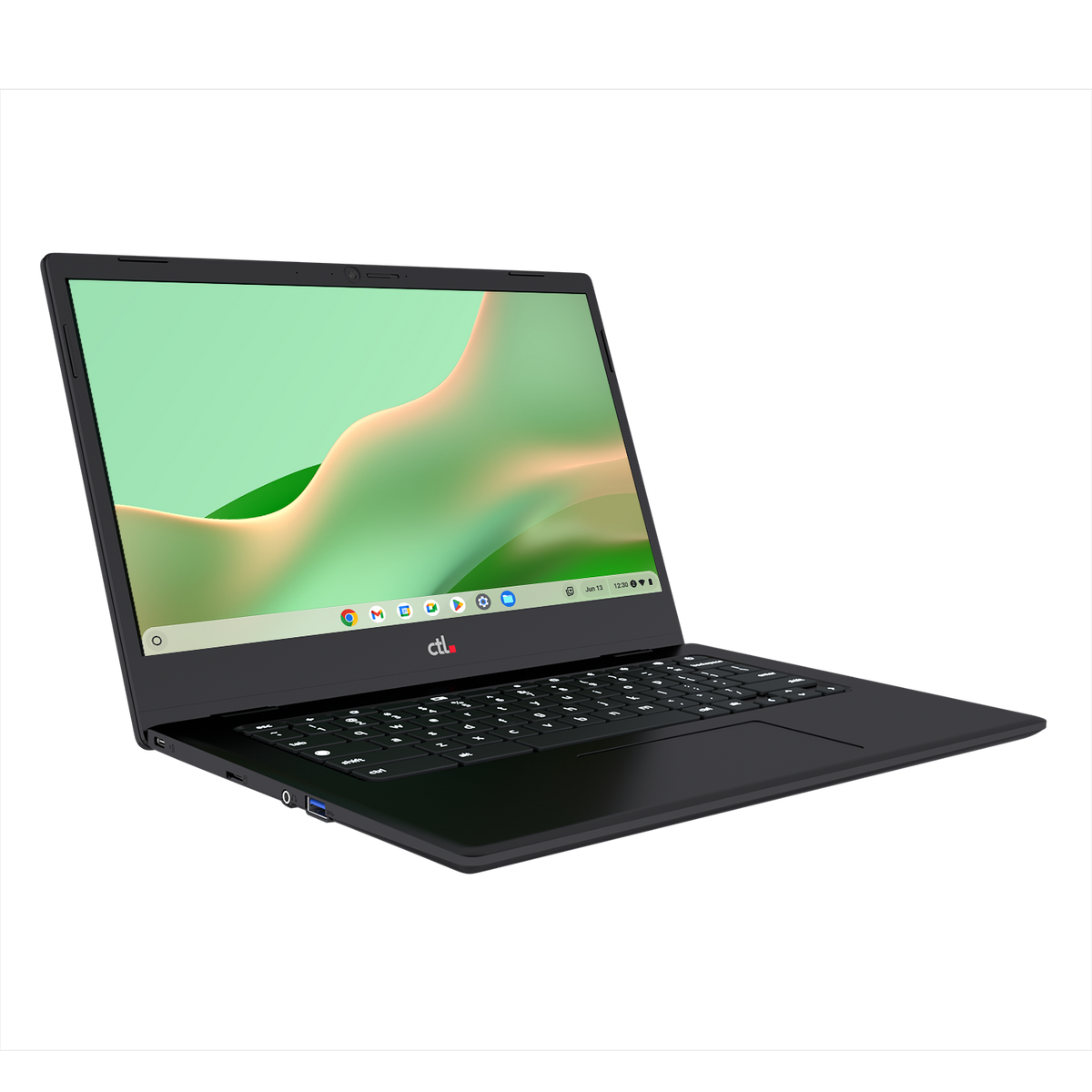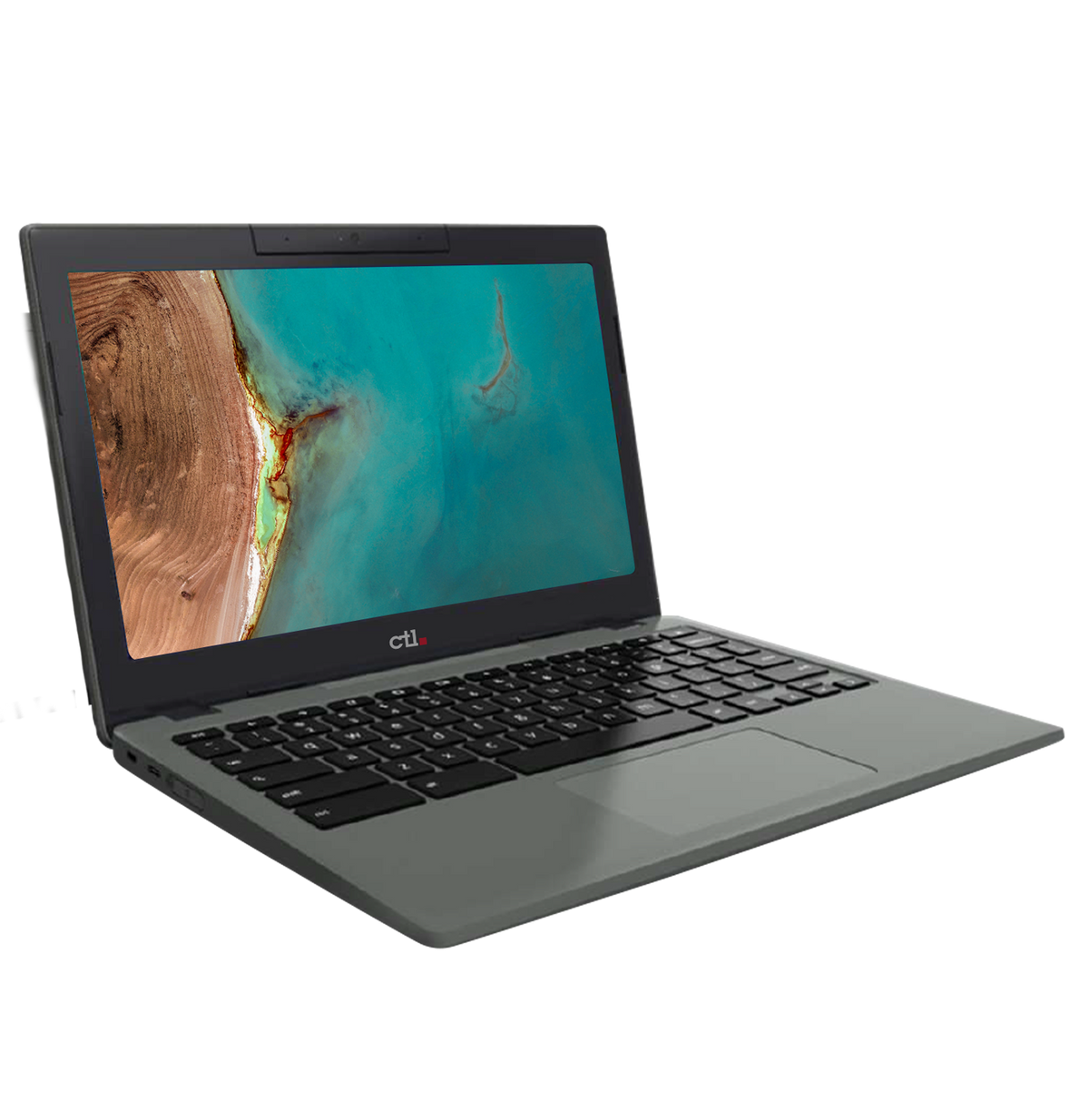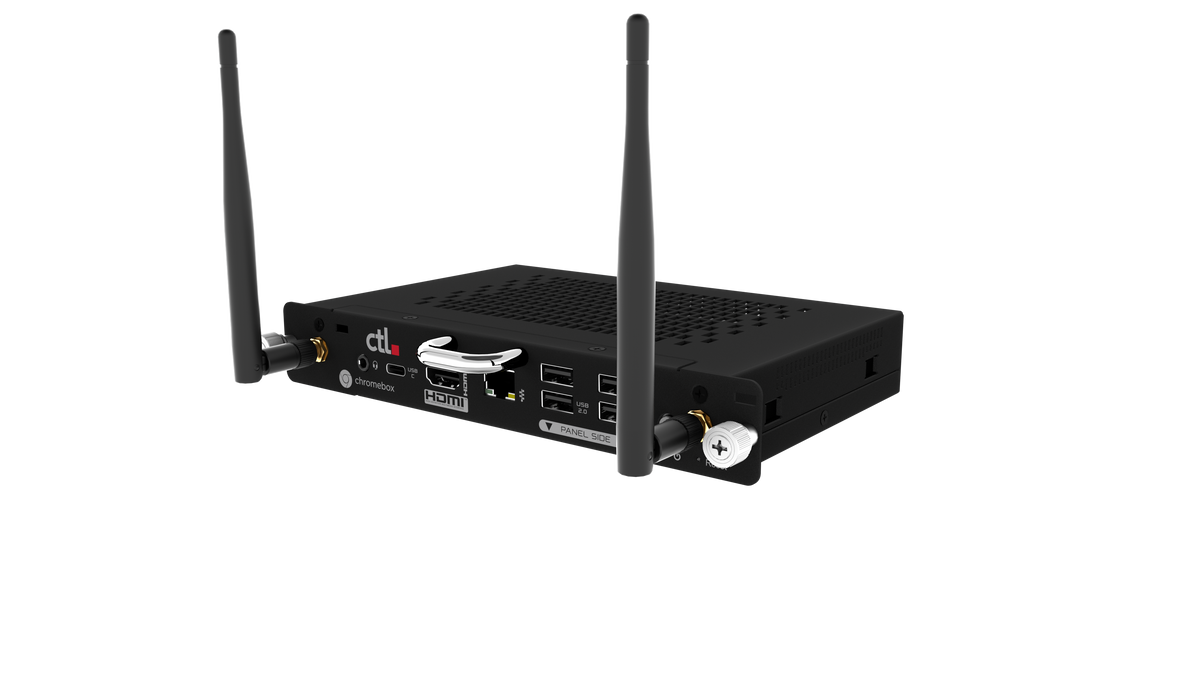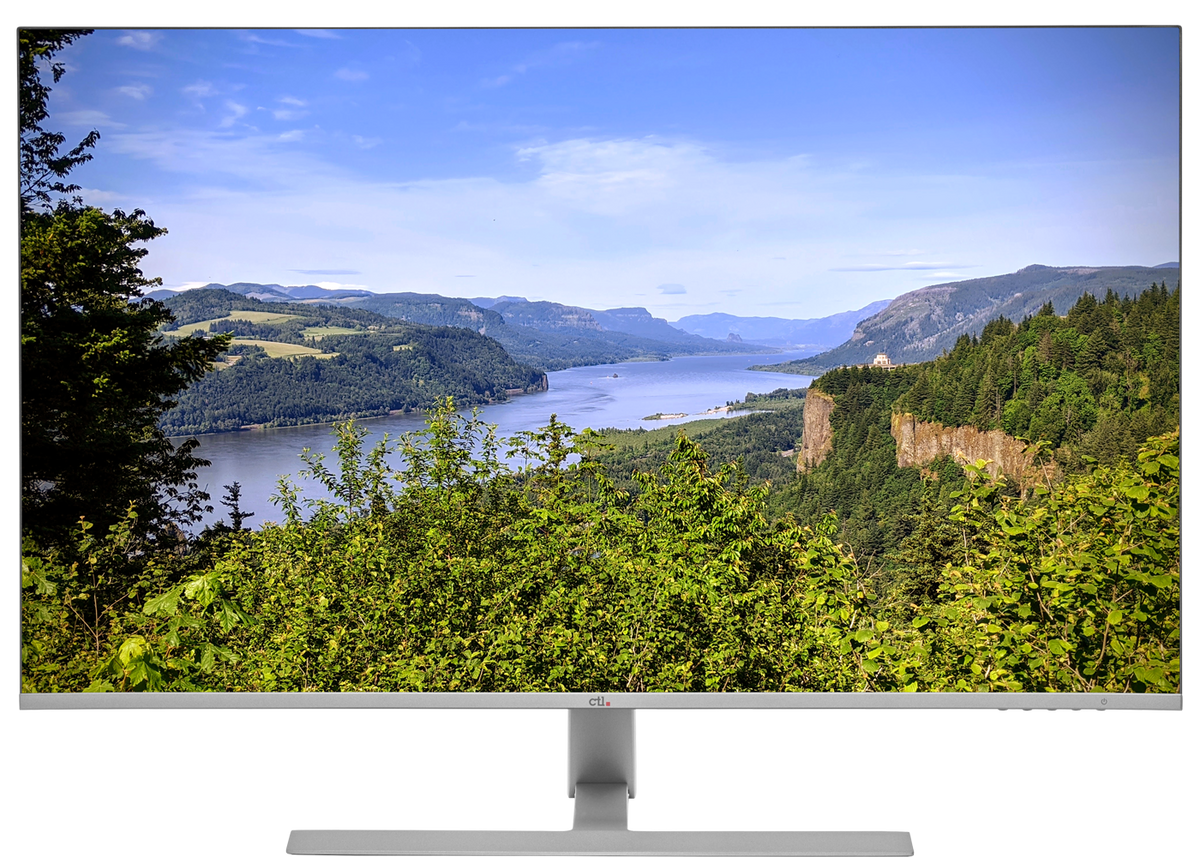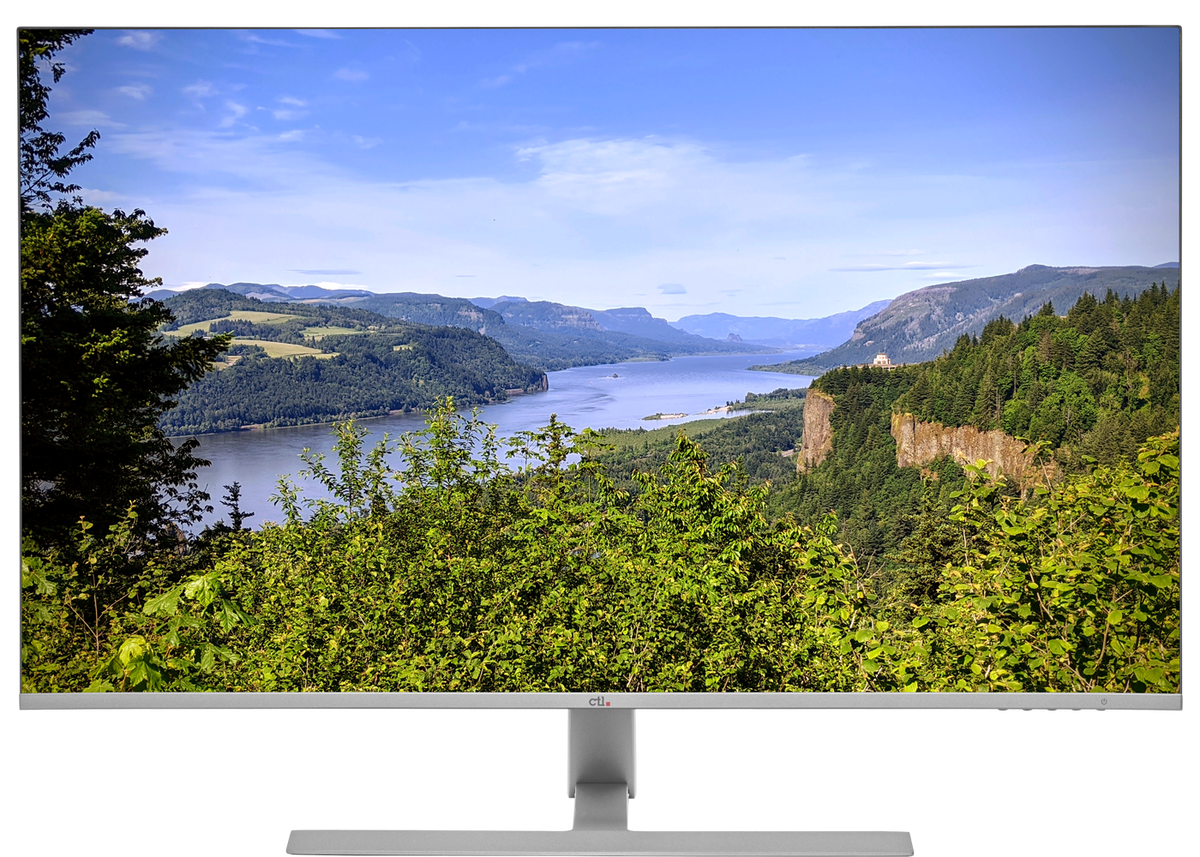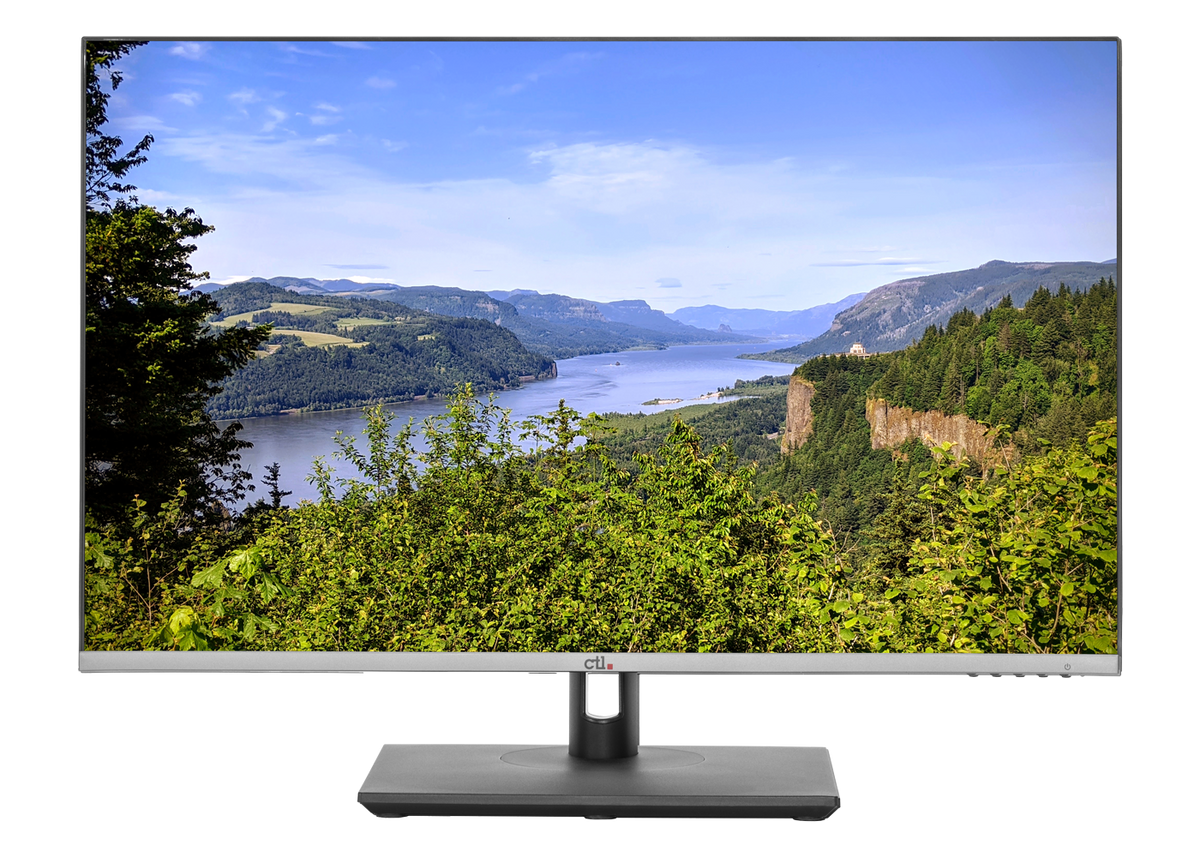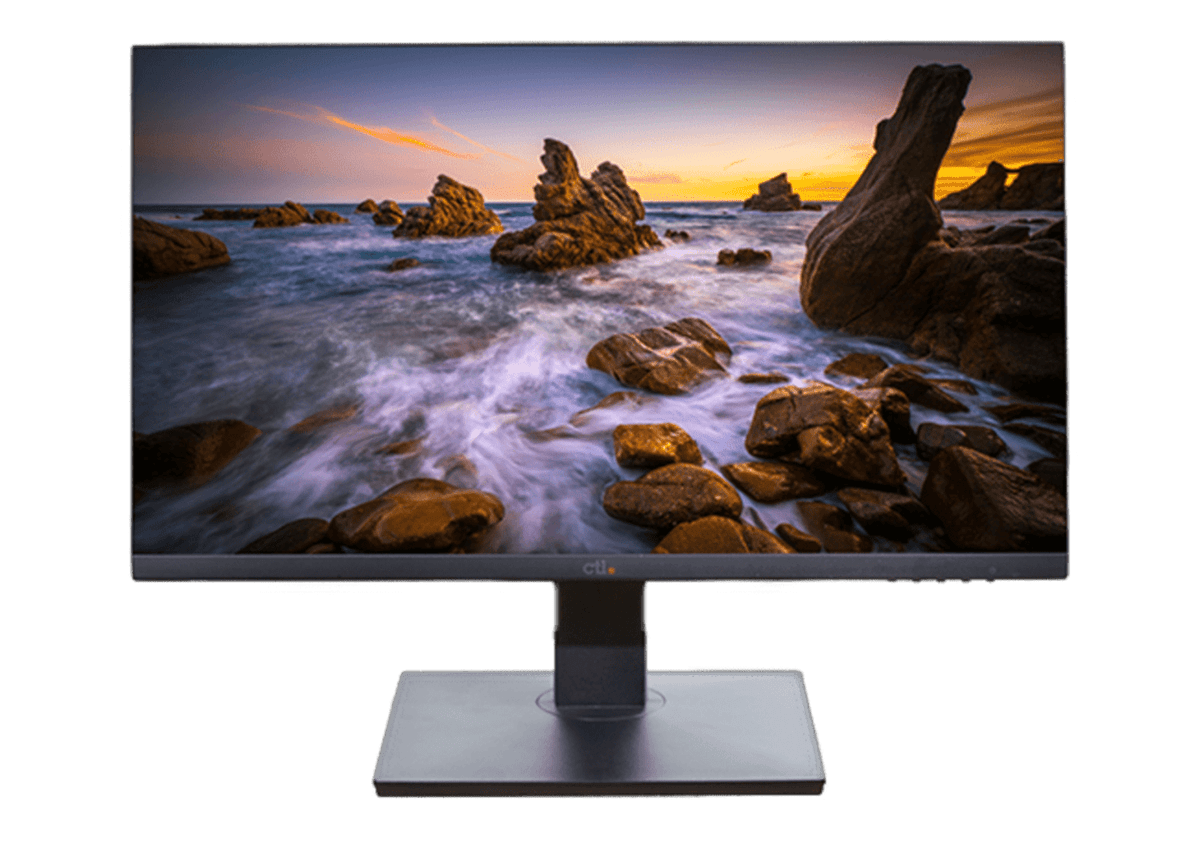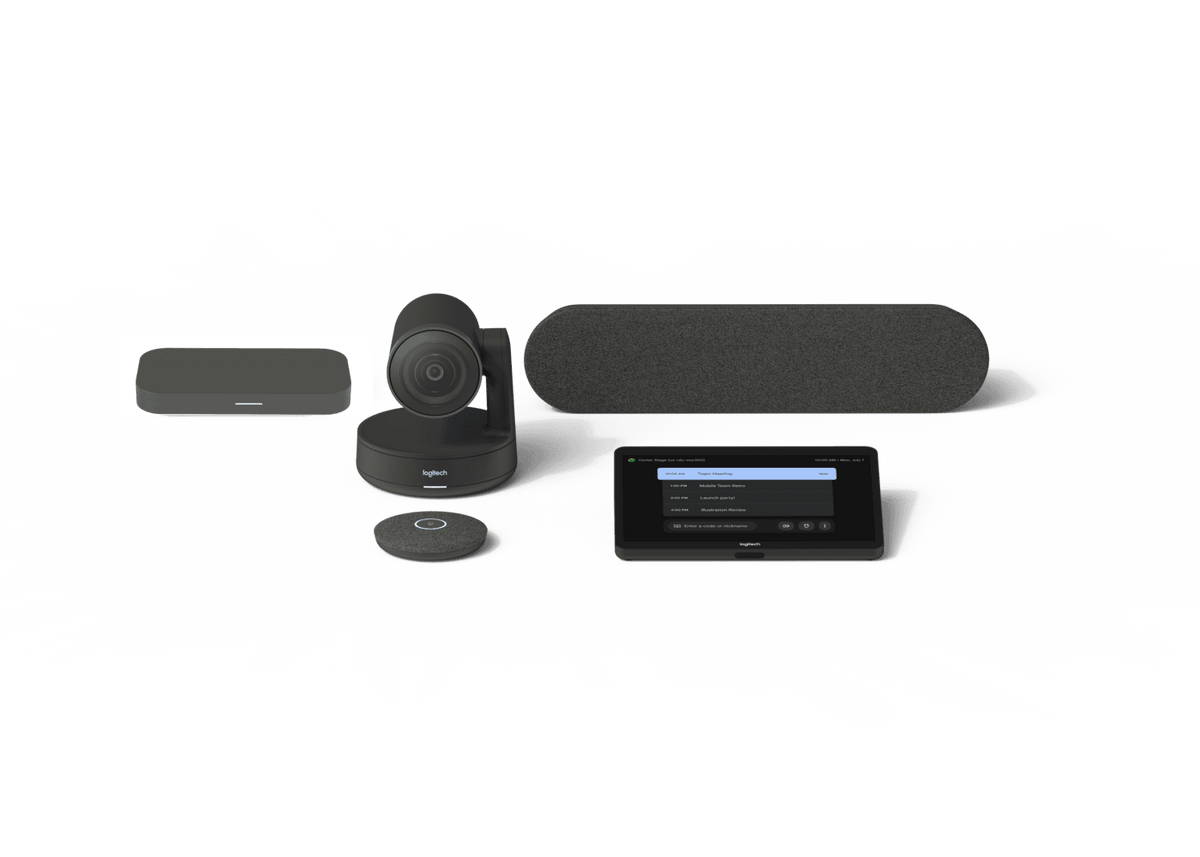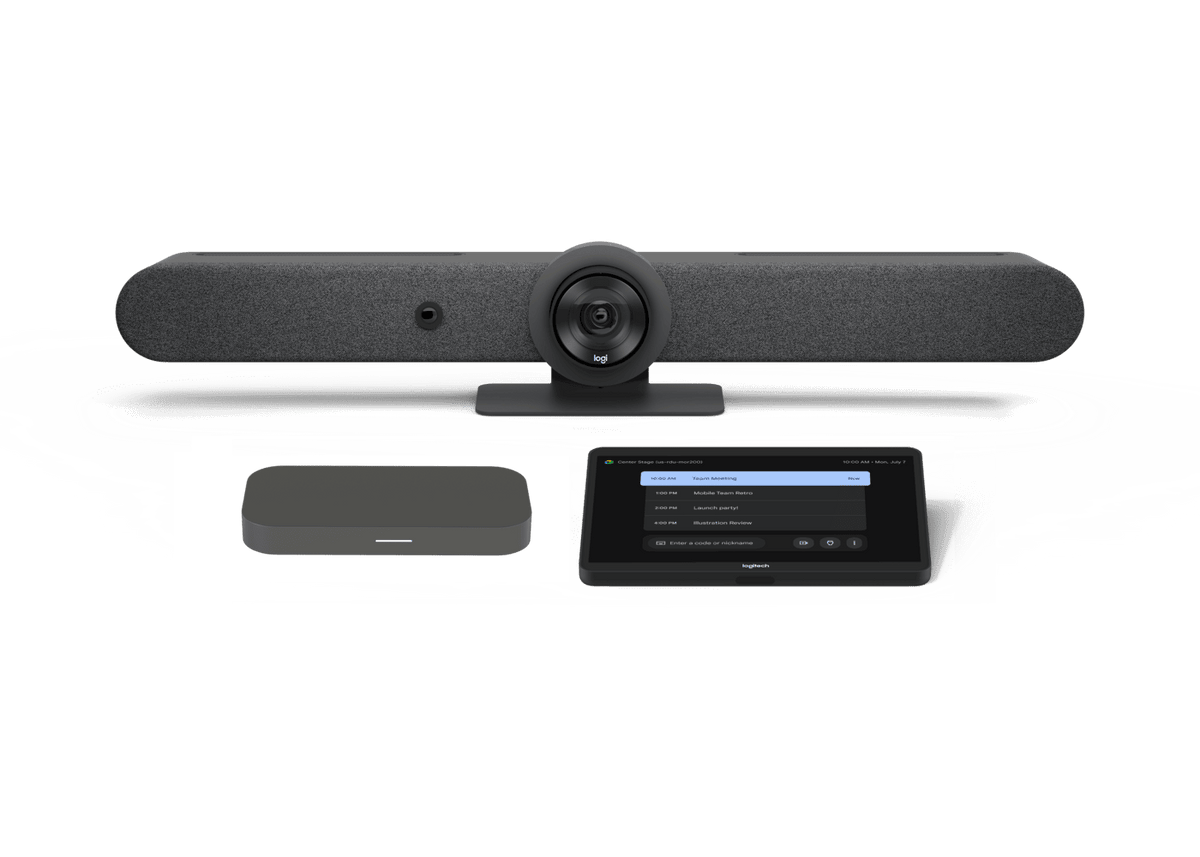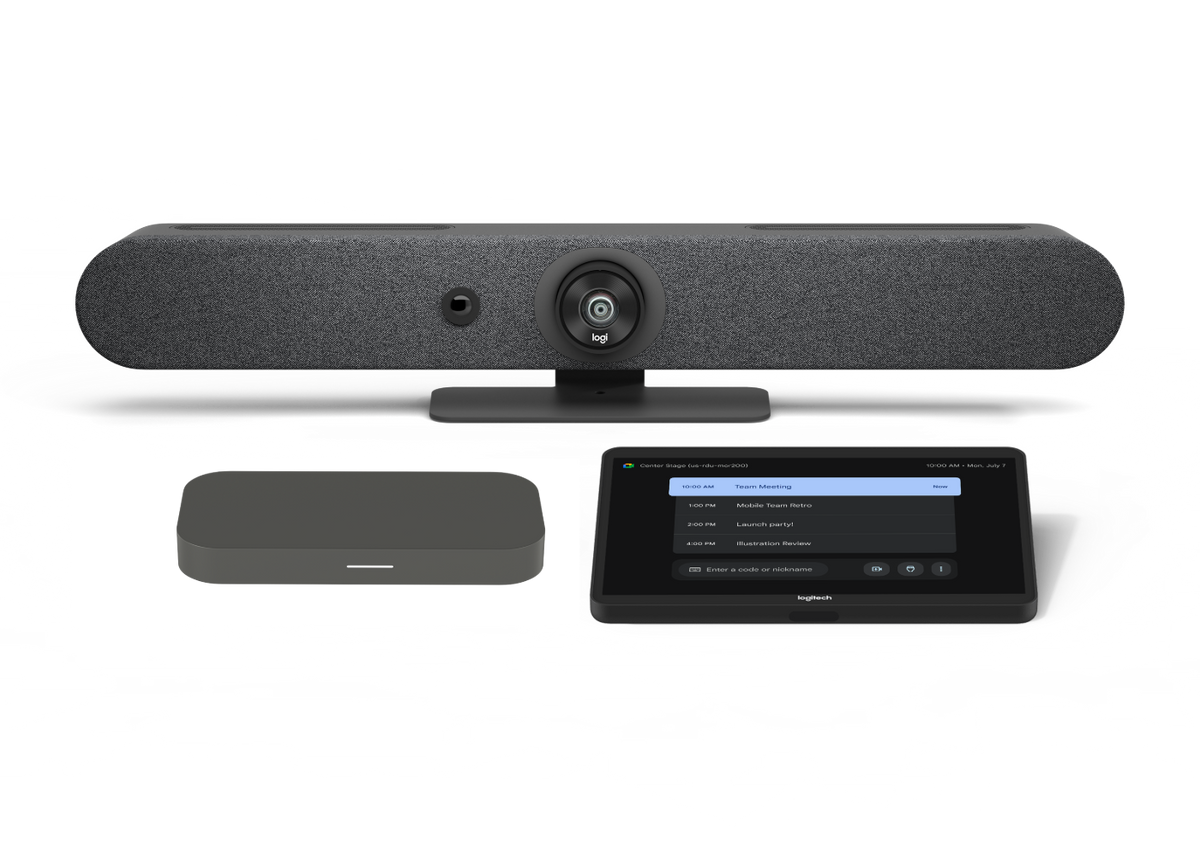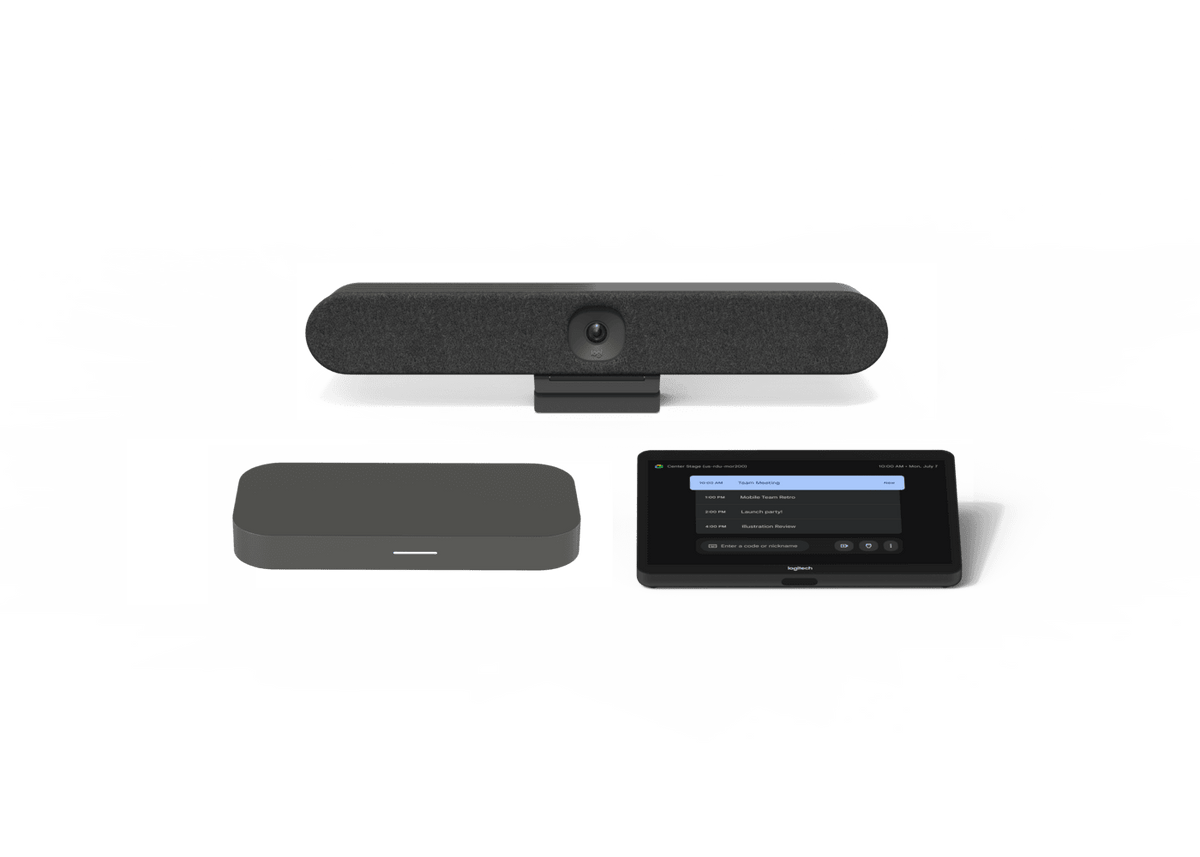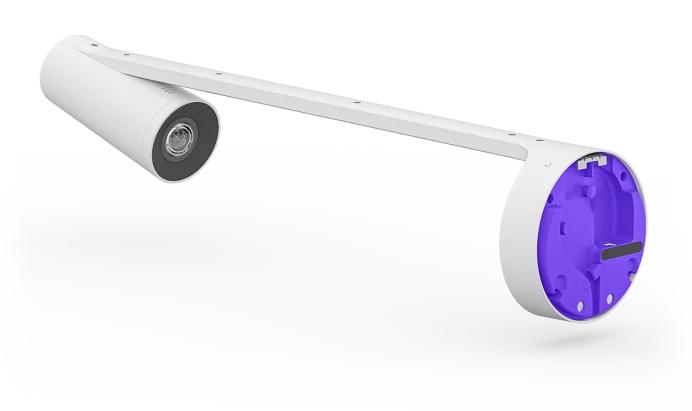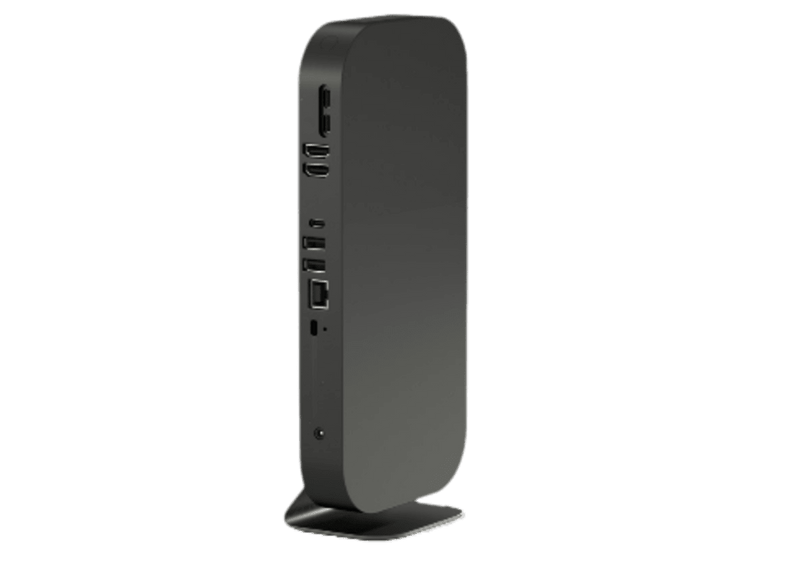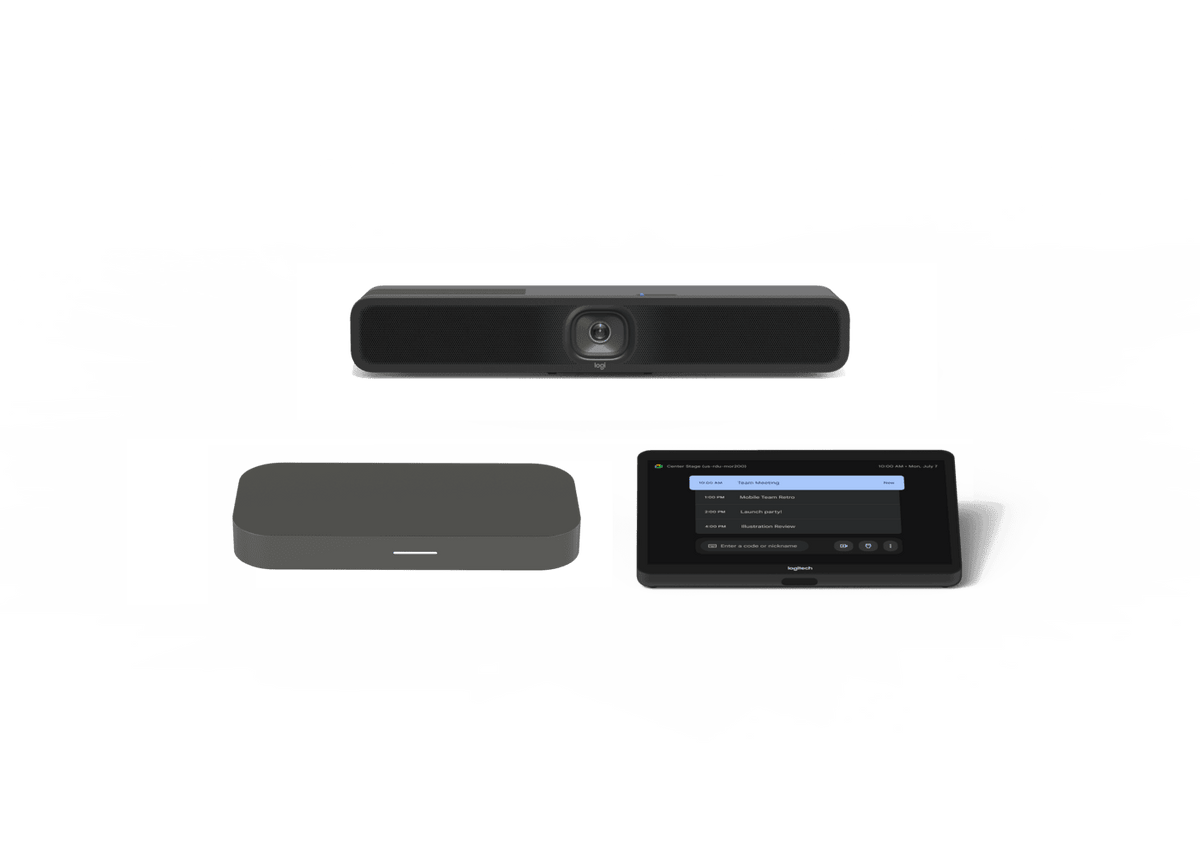 CTL is proud to announce that the 2go Convertible Classmate PC NL3 (a netbook/tablet combination), 2go Classmate PC E12 netbook and CTL MB40 Business Class Notebooks have all been Microsoft WHQL certified. WHQL stands for Windows Hardware Quality Labs, a Microsoft team that designs rigorous testing to ensure compatibility with the Windows Operating systems. With this certification, these products have met the high standards of Microsoft and earned the right to display the Windows logo on their packaging, advertising, and other marketing materials.
CTL is proud to announce that the 2go Convertible Classmate PC NL3 (a netbook/tablet combination), 2go Classmate PC E12 netbook and CTL MB40 Business Class Notebooks have all been Microsoft WHQL certified. WHQL stands for Windows Hardware Quality Labs, a Microsoft team that designs rigorous testing to ensure compatibility with the Windows Operating systems. With this certification, these products have met the high standards of Microsoft and earned the right to display the Windows logo on their packaging, advertising, and other marketing materials.
The WHQL certification assures customers that these products have been tested successfully with the Windows operating systems and gives them peace of mind that the computer they are purchasing has already been screened for a variety of issues that they won’t have to worry about. Microsoft has found that when users complain about the stability of the Windows operating system, in most cases the major quality problems are caused by third party hardware or software. WHQL’s standard testing procedure is a way to minimize problems and make it easy for consumers to identify certified products. Additionally, in the event of an error, if your computer is WHQL certified, users have access to support and updated drivers through the use of Windows Error Reporting and the Driver Distribution Center.
Below is a list of some of the areas of testing that must be passed in order to earn the WHQL certification:
• All components install and uninstall properly and do not interfere with other system components.
• Each component interoperates well with other system components.
• All components function normally after the operating system is upgraded to Windows XP or any later version of the operating systems.
According to Microsoft, “The user is assured that a product that has the Windows Logo will be stable when running under the operating systems listed on the Windows Logo carried by that product or listed in the Windows Catalog.”
Other important tests include:
• Ensuring that the user can easily begin and complete component installation or removal.
• Making sure user’s overall experience with the computer system and the operating system is the same or better after upgrading to a new Windows operating system.
